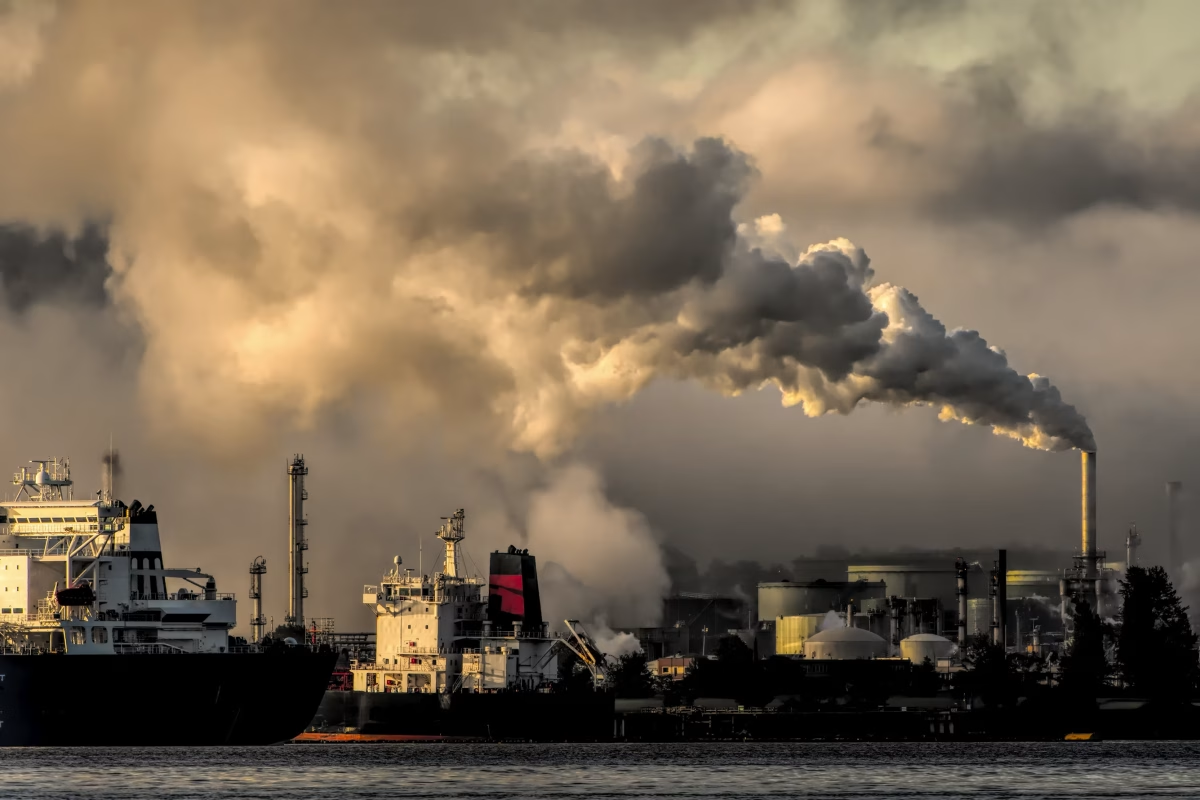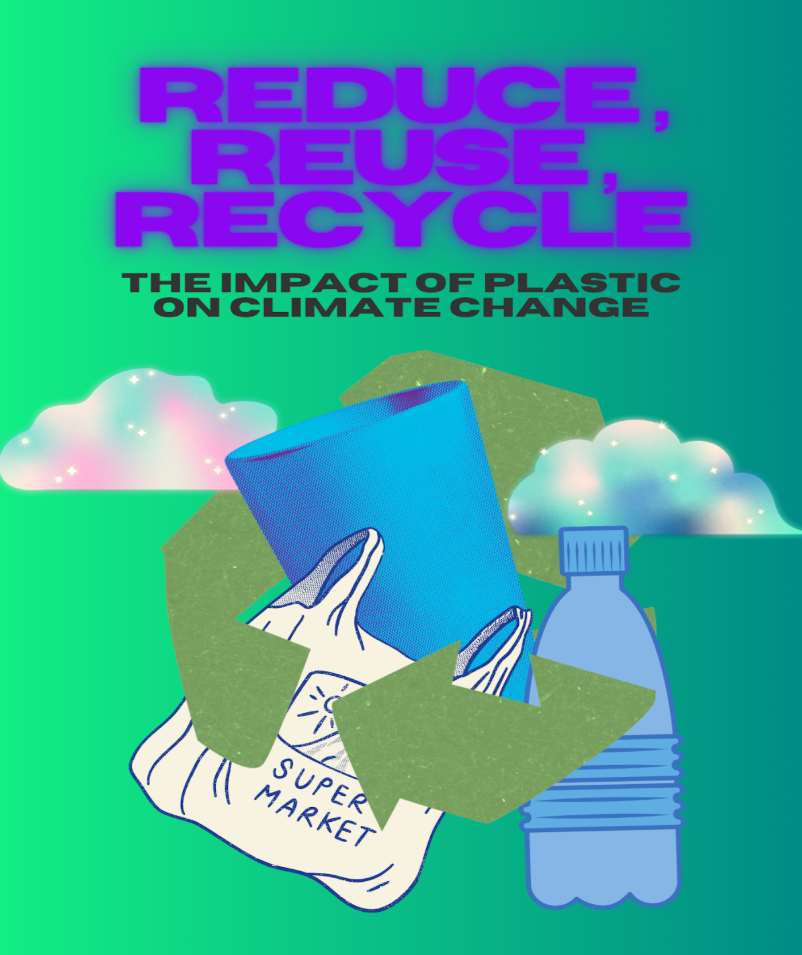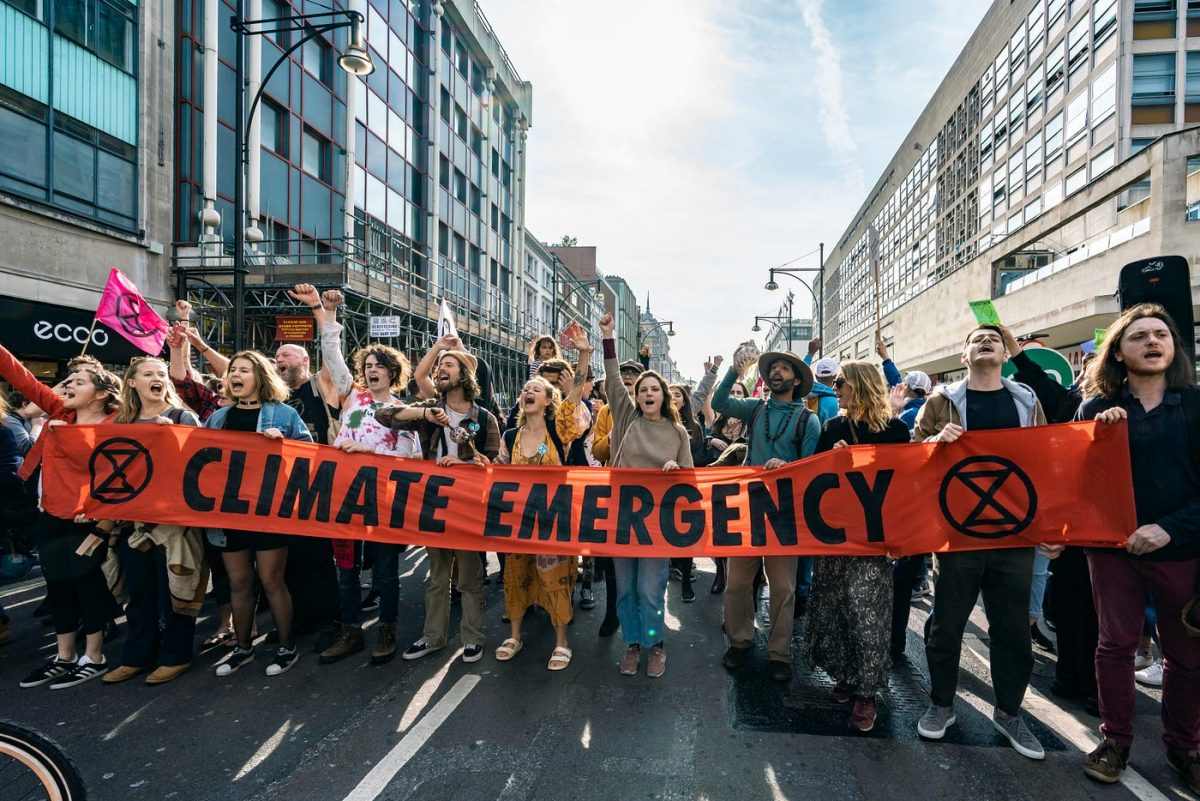Jordan sneakers are some of the most popular athletic shoes in the world, loved by athletes and sneakerheads just like me. But, behind their stylish designs lies a huge environmental issue: pollution from the factories that produce them.
One major concern is air pollution. The manufacturing process involves using various chemicals, especially adhesives and paints, which release volatile organic compounds (VOCs) into the air. According to the Environmental Protection Agency (EPA), VOCs can lead to smog formation and respiratory problems for people living near these factories. This means that while we enjoy our Jordans, nearby communities may suffer from poor air quality.
Another serious issue is water pollution. During production, large amounts of water are used for dyeing and finishing the sneakers. This wastewater often contains harmful substances like dyes and heavy metals. A study published in the journal Environmental Science & Technology found that untreated industrial wastewater can severely impact local rivers and lakes, harming aquatic life and contaminating drinking water sources. This poses a risk not only to wildlife but also to human health.
Sneaker factories generate a lot of waste. From defective products to leftover materials, tons of solid waste end up in landfills each year. The World Bank reports that improper waste management contributes to soil contamination and greenhouse gas emissions as waste decomposes. This further exacerbates environmental issues related to climate change.
In conclusion, while Jordan sneakers are fashionable and functional and one of my favorite shoes ever created , it’s essential to recognize the pollution created by their manufacturing processes. Air and water pollution, along with excessive waste generation, pose significant challenges for the environment. As consumers, we should advocate for more sustainable practices in the sneaker industry to help protect our planet for future generations.


















